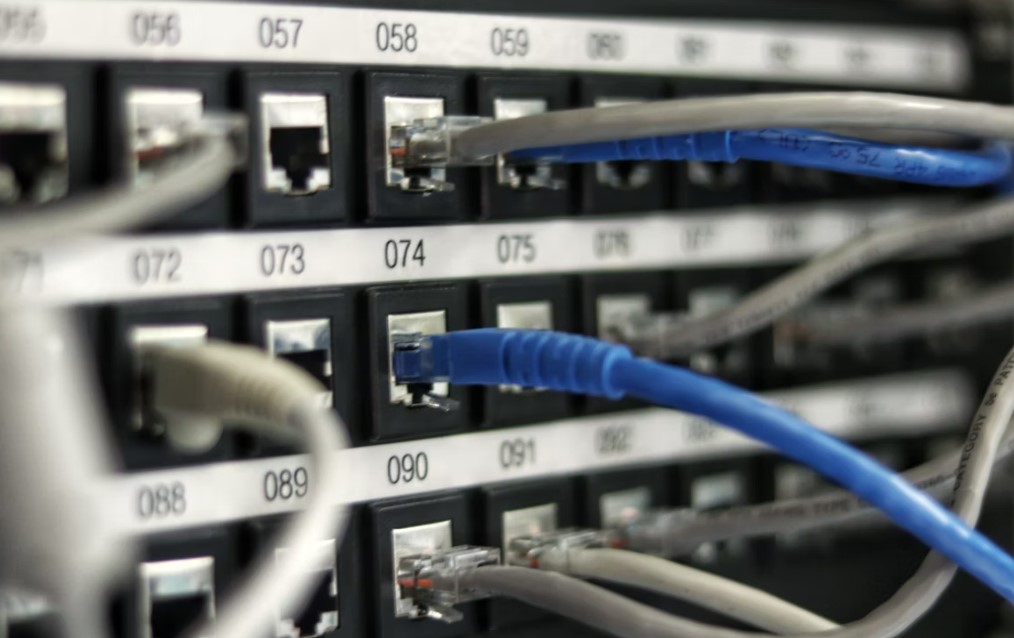What is SD-WAN? This type of internet connection system connects geographically dispersed locations. Therefore, it’s beneficial for companies with numerous remote offices. Several types of SD-WAN systems are available, including Application-based routing and centralized management. First, let’s look at some of the benefits of this technology and how sd-wan explained it.
Business-driven SD-WAN
As more organizations look to upgrade their networks, SD-WAN continues to grow in popularity. As a result, enterprise SD-WAN deployments continue to nearly double each year. These networks are considered a perfect replacement for legacy enterprise-wide-area networks, which are often not well-suited for today’s cloud-centric business environments. Still, some companies are unsure of whether SD-WAN is right for them. For example, the number of employees and average annual receipts may be a helpful indicator of the size of a business, but they are irrelevant when assessing networking needs.
Traditional SD-WAN solutions steer traffic according to predefined rules, typically programmed via templates. On the other hand, business-driven SD-WAN automatically responds to network changes and adapts to network conditions. These solutions enable users to connect to applications without needing manual IT intervention. And with built-in monitoring, business-driven SD-WAN solutions also reduce the chances of user error. As a result, businesses can benefit from improved business performance and lower IT costs through business-driven SD-WAN.
Centralized management
To manage SD-WAN, an enterprise must have a centralized management platform. This platform can help implement network-wide policies, automate security and simplify security, and eliminate the need for a network administrator to manage multiple hardware and software components. This platform provides advanced features such as secure end-to-end zones and per-tenant data isolation. In addition, centralized management of SD-WAN can help the enterprise monitor network devices and upgrade bandwidth capacity.
One of the benefits of centralizing the management of SD-WAN is that it can significantly improve user experience. For example, the system can automatically divert users when traffic issues arise, or links are degraded. It can also sync modifications across the entire network automatically. The benefits are significant and are worth the investment. Therefore, centralized management of SD-WAN is one of the essential features to consider when planning your SD-WAN implementation.
Application-based routing
SD-WAN has many benefits, but it has a few significant disadvantages, too. For instance, extending SD-WAN to the cloud is difficult since it requires an additional network infrastructure near the cloud provider’s data center. The other major disadvantage of SD-WAN is that it ignores mobile users. This is not the case with many different types of routing. Application-based routing (ABR) is the ideal solution for mobile users.
To enable application-based routing, SD-WAN must be installed in the end-user network and activated. In addition, SD-WAN must monitor the performance of its tunnels in real-time, so the routing decisions must be consistent with the SLA. Application-aware routing can identify applications based on their SLA class and then route traffic to specific routers or servers. The DPI engine then compares application performance to configured SLA classes. The routing decisions are based on SLA compliance state and WAN characteristics.
Real-time traffic management
SD-WAN aims to optimize network operations by providing real-time traffic management. However, this capability does not work in isolation. First, the network itself needs to be optimized, as SD-WAN is an overlay that sits on top of an existing network. The overlay manages routing rules, failure scenarios, and traffic prioritization. As a result, the end-user experience depends on the underlying network. Moreover check here to know how is sd-wan as a service different from managed sd-wan?
SD-WAN is deployed anywhere in the network. Edge equipment is network equipment deployed on-premises, in the cloud, or branch offices. An orchestrator is a virtualized network administration component that monitors traffic and enforces policies. This centralized management component provides a unified network view and helps operators set policies.



